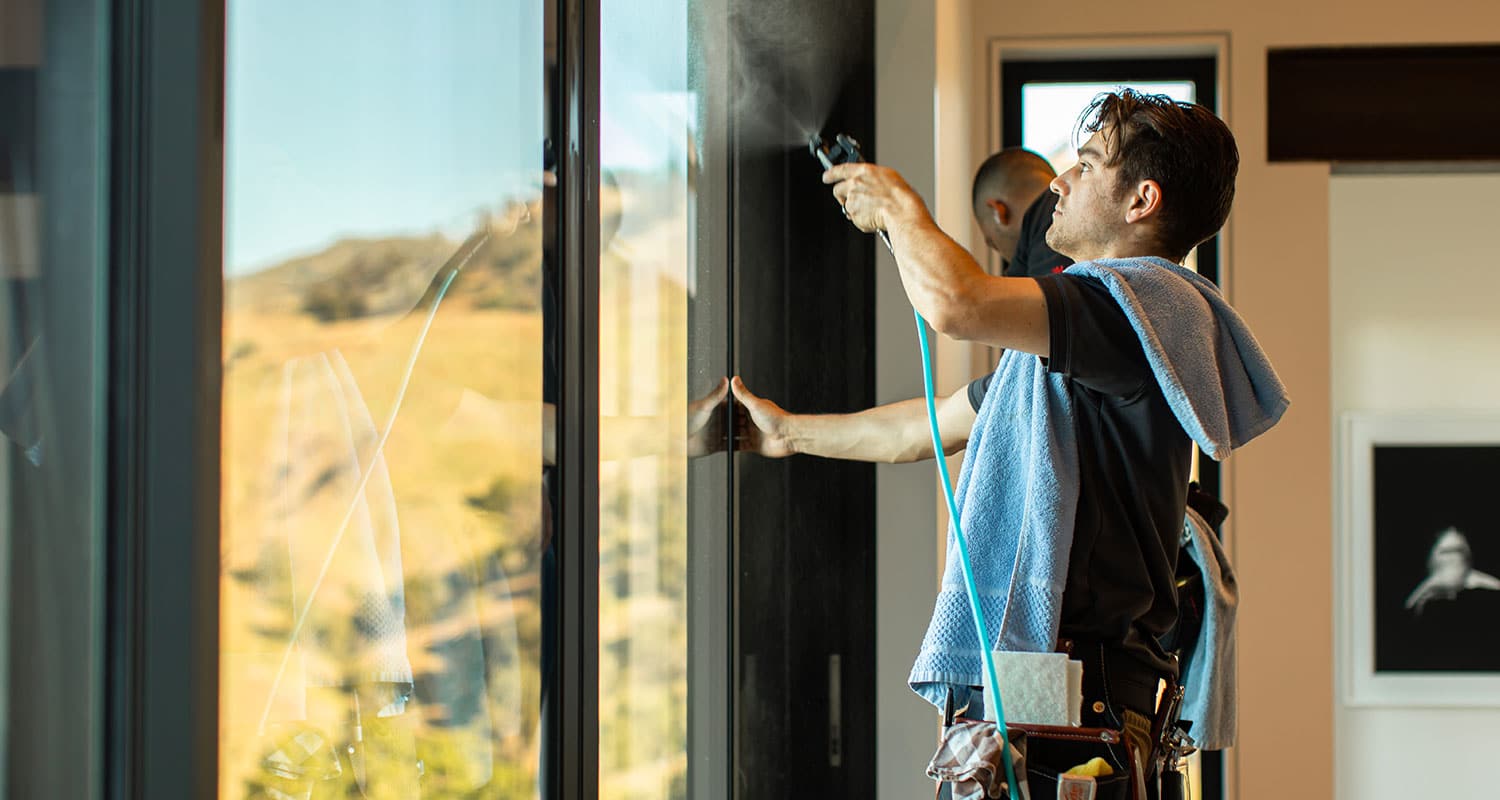Everything You Need to Know About Choosing the Right Window Film
When it comes to enhancing both the aesthetic and functional aspects of your home or office, it’s crucial to understand the benefits of window film . This versatile material offers a variety of options to meet your specific needs, including improving energy efficiency, enhancing privacy, and even increasing security. However, with multiple types available in the market, choosing the right window film can seem like a daunting task. This article aims to guide you through the essentials of selecting the most suitable window film for your needs.
Understanding Your Needs
The first step in making an informed decision is understanding why you want window film in the first place. Are you looking for a way to reduce glare or perhaps to enhance security? The needs of a residential property can be very different from those of a commercial space. Is energy efficiency a priority, or is the primary goal to enhance privacy without compromising natural light? By identifying your needs, you can narrow down the types of film that will work best for you.
Types of Window Film
Window films generally fall into several categories, including solar, safety and security, privacy, and decorative films. Solar window films are designed to reduce UV radiation, cut down on glare, and help regulate indoor temperatures, making them ideal for climate control. Privacy films, as the name suggests, offer an opaque or frosted finish to prevent prying eyes from looking inside your premises. Security window films add an extra layer of protection by holding glass shards in place if broken, making it harder for intruders to gain access.
Decorative films, on the other hand, are primarily used for aesthetic purposes and can mimic the look of etched or stained glass. Once you’ve pinpointed the primary function that the window film will serve, you can focus on the features that complement those needs.
Material and Quality Considerations
Window films are made from polyester and come with a variety of coatings that offer specific benefits. It’s crucial to choose high-quality materials to ensure durability and effectiveness. Opt for professional-grade films that provide UV protection and come with a manufacturer’s warranty. Ensure the film is scratch-resistant, especially in high-traffic areas. The last thing you’d want is a film that fades or deteriorates quickly.
Installation and Maintenance
While DIY installation kits are available, it’s often advisable to engage professional installers for the best results. Proper installation is key to maximizing the lifespan and effectiveness of the window film. Ensure that the installation is conducted in a dust-free environment to prevent bubbles and dirt from getting trapped beneath the film.
Once installed, maintenance typically involves simple cleaning with non-abrasive solutions. Avoid ammonia-based cleaners, which can damage the film over time. Regular maintenance will extend the life of the window film and keep it looking pristine.
Cost and Return on Investment
The cost of window film can vary significantly based on the type and quality of the film, as well as installation fees. While it may seem like a significant investment upfront, consider the long-term savings achieved through energy efficiency and increased property value. Reducing air conditioning costs during warmer months and enhancing the comfort of your indoor spaces can offer substantial return on investment over time.
Conclusion
Choosing the right window film involves a balance of aesthetic and functional considerations tailored to your specific needs. From enhancing privacy to providing security or improving energy efficiency, the right film can be a valuable addition to any property. By understanding the array of options available, considering material quality, and ensuring proper installation and maintenance, you can make a well-informed choice that enhances both your property’s value and your quality of life. With a little research and expert guidance, the perfect window film is within reach.

Leave a Reply